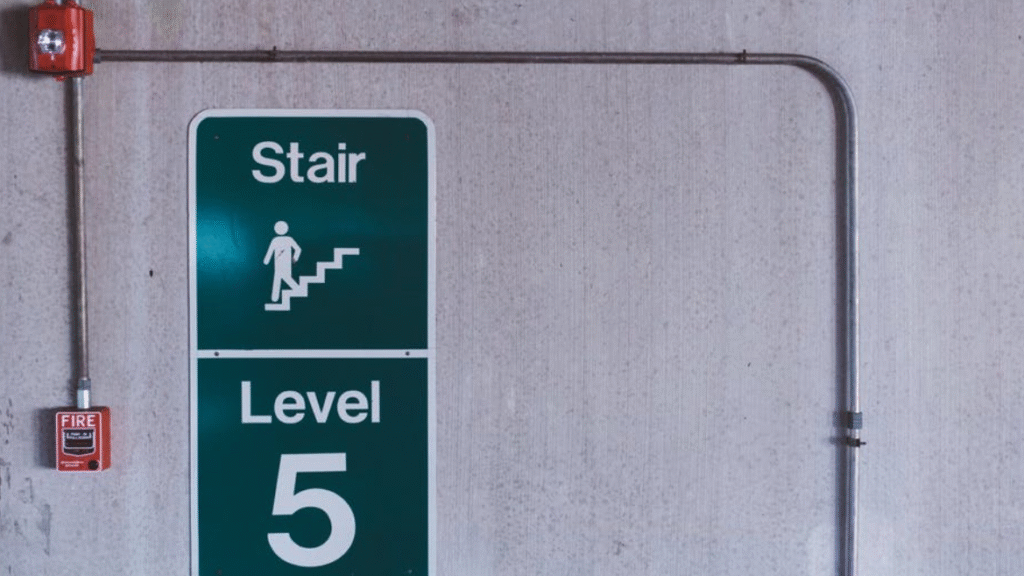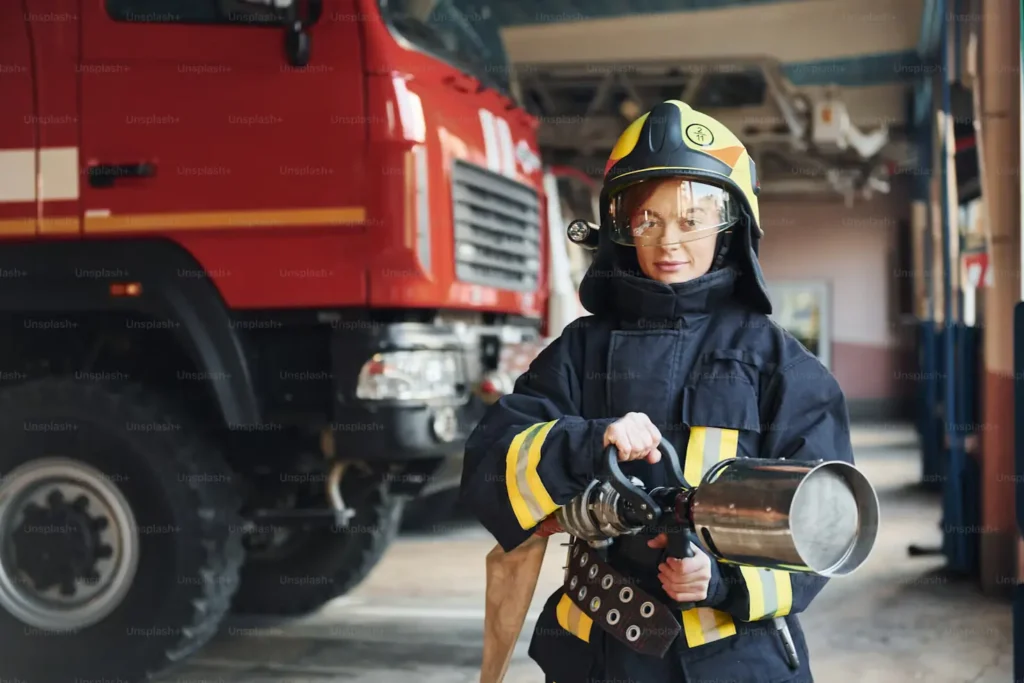If you run a commercial property in the capital, understanding the requirements of a fire safety inspection London is vital to staying compliant and protecting lives. With updated regulations in 2025, business owners across London must take fire risk assessments and inspections seriously—not only to meet legal duties but to protect staff, customers, and property.

At Budget PAT Testing, we help you tick every box on your fire safety compliance checklist, offering expert guidance and professional services tailored for London businesses.
Table of Contents
Let’s walk you through a step-by-step checklist to help ensure your workplace meets every legal and safety standard.
What Is a Fire Safety Inspection?
A fire safety inspection is an official or internal check to confirm your premises meet legal fire safety obligations. It often involves reviewing escape routes, fire alarms, extinguishers, signage, training, and the findings of your fire risk assessment. For London businesses, these checks are critical and increasingly enforced in 2025.
Whether you manage an office, restaurant, shop, or warehouse, passing a fire safety inspection London isn’t optional—it’s essential.
Fire Safety Inspection London: 2025 Compliance Checklist
1. Conduct a Commercial Fire Risk Assessment
Before anything else, you must carry out a commercial fire risk assessment London to identify hazards, who’s at risk, and what measures are needed. This assessment must be:
- Reviewed at least annually
- Updated after any significant change
- Documented and accessible on request
Tip: Budget PAT Testing offers full fire risk assessments with easy-to-understand reports tailored to your business size and layout.
2. Maintain Fire Detection and Alarm Systems
Your fire alarms should be tested every week, with thorough servicing carried out twice a year by a certified technician. This routine helps ensure they respond instantly during any fire emergency.
Don’t wait for a fault—preventive maintenance saves lives and avoids inspection failures.
3. Ensure Clear and Unobstructed Escape Routes
Exit paths such as stairways, corridors, and doors must remain accessible, clearly marked, and free from obstructions during business hours. These routes should never be locked or blocked.
Your staff should be familiar with all exits—hold fire drills a minimum of twice a year.
4. Fire Extinguishers – Proper Type and Placement
Fire extinguishers should:
- Match the risk (CO2 for electrics, foam for flammables)
- Be easily accessible and wall-mounted
- Be checked monthly and serviced annually
Pro tip: Mark their locations clearly with signs visible at eye level.

5. Fire Safety Signage
All signs must comply with UK safety standards (ISO 7010). This includes:
- Fire exit signs
- Extinguisher markers
- Emergency instructions
Clear signs save precious seconds in an emergency.
6. Staff Training and Drills
Every new employee must receive fire safety training when they join, with yearly refreshers to keep everyone updated. This training should include evacuation plans, alarm response, and using extinguishers.
Budget PAT Testing offers fire warden training and on-site safety briefings.
7. Keep Fire Safety Records Up to Date
You must document:
- Fire risk assessments
- Alarm testing logs
- Extinguisher checks
- Training records
Keep digital and paper copies available for fire inspectors.
Why Fire Safety Compliance Matters in 2025
In 2025, regulations around fire safety inspection London have become stricter, with increased spot checks by local fire authorities. Businesses failing to meet the standards risk:
- Hefty fines or closure orders
- Serious legal consequences in case of an incident
Compliance isn’t just about rules—it’s about building a safer environment for your team and customers.
Why London Businesses Trust Budget PAT Testing
- Local safety partner for hundreds of businesses and landlords
- Fully certified engineers and assessors
- Complete compliance packages: fire safety, PAT testing, gas, energy
- Quick service, competitive rates, and ongoing support
🛡️ Book your 2025 fire safety compliance check with Budget PAT Testing today!
FAQs – Fire Safety Inspection London
1. How often should fire safety inspections be done in London?
Most businesses should conduct internal checks weekly and full inspections at least once a year or after any significant change.
2. Who is responsible for fire safety compliance in commercial properties?
By law, the duty falls to the ‘responsible person’—often the business owner, landlord, or site manager.
3. What documents are needed for a fire safety inspection?
Inspectors usually ask for your fire risk assessment, alarm test logs, extinguisher records, and staff training certificates.
4. Can I fail a fire safety inspection in London?
Yes. Failing to meet legal standards can lead to warnings, fines, or even forced business closure.
5. Can Budget PAT Testing help prepare for inspections?
Absolutely! We provide tailored fire safety assessments, training, and documentation to keep you compliant year-round.
Final Thoughts
With increasing fire safety enforcement across the capital, London businesses need to be fully prepared for inspections in 2025. Use this checklist to stay on top of compliance, protect your property, and gain peace of mind.
Budget PAT Testing makes it easy, affordable, and hassle-free.
Stay safe. Stay compliant. Schedule your 2025 fire safety inspection with Budget PAT Testing today!
Learn More:
- What to Expect During a Professional Fire Risk Assessment in London: https://budgetpattesting.co.uk/fire-risk-assessment-services-london/
- How Often Should Landlords in London Conduct Fire Risk Assessments? https://budgetpattesting.co.uk/commercial-fire-risk-assessment-london/

0 Comments